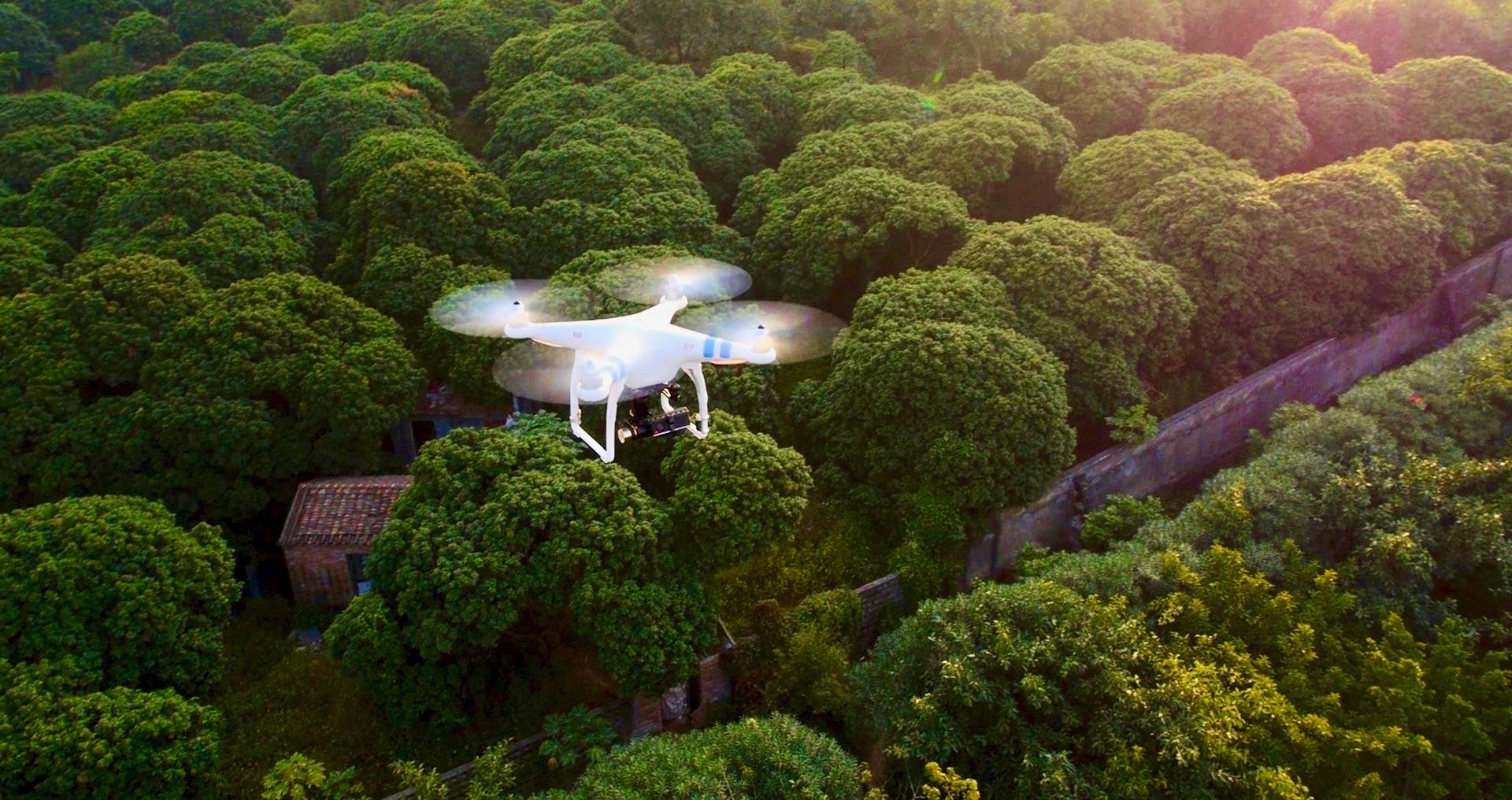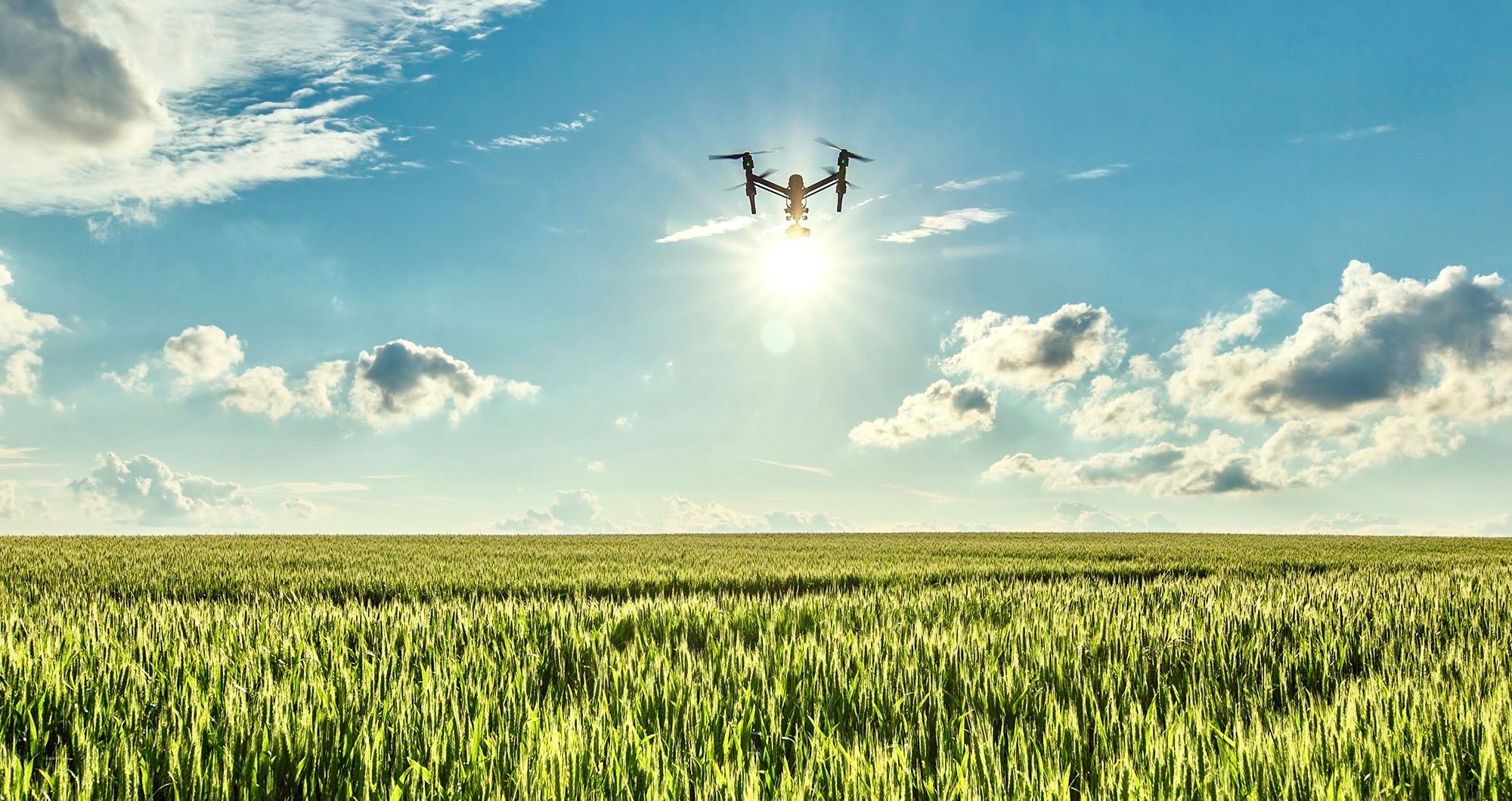Currently, we are cutting down approximately 15 billion trees a year and only planting about 9 billion, meaning we’re losing 6 billion trees a year on a planet that already has its fair share of environmental problems.
Governments know that hand planting trees can be slow and expensive, and these efforts cannot possibly keep up with the tractors and bulldozers that clear vast areas of forest land each day across the world.
The problem requires an industrial-scale solution, and we may have just found it, namely drones that can plant 100,000 trees a day. BioCarbon Engineering, a UK-based company that is backed by drone manufacturer Parrot, has designed a tree planting method that is quick, easy and affordable. Not only that, but trees can also be planted in rugged or remote areas.
https://vimeo.com/126378542
Firstly, a drone surveys the topography to create a 3D map, then it formulates an algorithm that comes up with the most efficient planting pattern for the area. Afterward, a drone carrying germinated seeds fires pods into the ground at a rate of one per second, or roughly 100,000 a day. Just 60 drone teams could plant 1 billion trees a year.
BioCarbon Engineering estimates that their solution is 10 times faster than hand planting, and costs 80% less. Given that there is no heavy machinery required, it is also possible to plant in remote areas with no roads or steep, inaccessible terrain. The designers have already tested the technology in several locations and recently conducted a trial to reseed old mining sites in Dungog, Australia.
In Vancouver, Dirk Brinkman, chief executive of Brinkman and Associates Reforestation, says that roughly 450 million trees a year are planted in Canada, most after logging. However, governments can’t always afford to replace the millions of hectares damaged by fire or other sources, so drones might be a more effective and affordable solution, he adds.
David Price, a Canadian Forest Service research scientist, says that human seeding methods by hand, only place about 2,000 or 3,000 seedlings a day, while simply dumping seeds from aircraft is imprecise with few actually germinating.
“With drones and the potential to map these areas at a high resolution, we see the ability to map the perfect (planting) spots,” he says.
RELATED: Drone Used To Rescue Puppy
Other companies are also attempting to design similar drones. DroneSeed, an Oregon start-up is hoping to promote “precision forestry” by using drones to plant trees as well as spray fertilizer and herbicides from the air. Mass agriculture is largely responsible for deforestation, as extensive areas of forest land are cleared to plant crops, such as soy, palm oil, and cocoa, as well as for farming.
At the World Economic Forum’s Annual Meeting in Davos this year, Norway announced a $400 million fund to spur investment in deforestation-free agriculture in countries attempting to reduce forest and peat degradation. The world loses approximately 74,000 to 95,000 square miles of forest a year, or roughly 48 football fields every minute.


